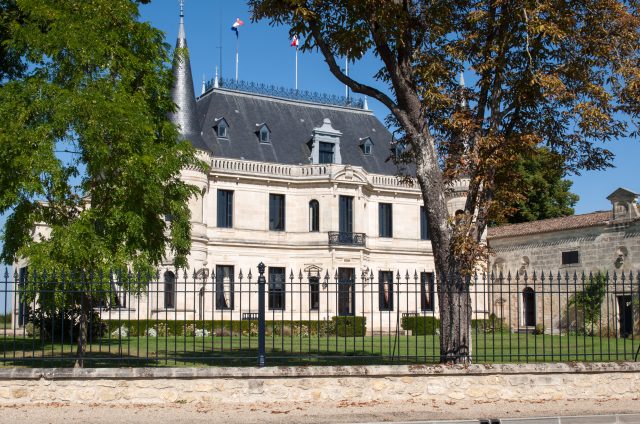This website uses cookies so that we can provide you with the best user experience possible. Cookie information is stored in your browser and performs functions such as recognising you when you return to our website and helping our team to understand which sections of the website you find most interesting and useful.
‘Challenging’ 2021 Bordeaux conditions showcase leaps in viticulture
The challenging conditions in Bordeaux last year showcased the huge advances in viticulture in recent years, according to fine wine experts at Corney & Barrow.

Discussing the 2021 Bordeaux vintage on a recent zoom call, Will Hargrove, Corney & Barrow’s head of fine wine argued that if this vintage had happened ten or 15 years ago, the wines would not have been “as balanced or enjoyable as the current vintage has proved to be, despite the challenges”.
“If these wines had been made ten years ago, when they were looking for an excess of richness – in a more ‘Parker style’ – we’d have seen far less balance than we have seen. There were far fewer wines which were over extracted or where the wines that felt forced,” he said.
It was a vintage that required the teams to be more vigilant in the vineyard due to the changing weather patterns, senior fine wine buyer Guy Seddon agreed.
Given the technological advances at winemaker’s fingertips – from weather apps to WhatsApp frost watch groups – this was fulling “a palpable sense of urgency” more than in any previous year. He also pointed to greater prevalence of organic farming, which had proven to be very effective against mildew.
“People more attune with the vines and -the vines are bolstered to a certain extent,” he commented.
Other factors included viticulture selection, the ability to weather forecast with accuracy (meaning people could wait for the optimum time to harvest), the optical sorters, the density-based sorters, which had all played a part in ensuring that the wines were very good.
“If this vintage had arrived in the 1970s, with the knowhow we had then, it would have been a very different results,” he said. “The fact they’ve made a hugely commendable set of wines from fairly difficult conditions is really a testament to how viticulture and winemaking has come on.”
He noted in particular the sensitive extraction of the tannins, which had moved away from the ‘Parker era’.
“They were conscious to be gentle, elegant wines approachable and drinkable,” he said. “I do think it’s a vintage where the skill of the individual estate has shone through.”
He warned against the temptation to view the warmer 2018, 2019 and 2020 vintages as a trio of “climate change vintages” due to their higher alcohol, high glycerol, higher pHs., which had given them a “seductive… approachability and sheen-iness”.
By contrast the pure fruit and “stripped back” 2021 wines make it look “like a non-climate change vintage – but that isn’t the case”.
“Climate change is to do with severe weather events, ups and downs in the growing season, and in that sense, in 2021 we’re now into that territory even if these are not high-octane wines. They are still the product of the climate changes world, so comparing them to previous vintages becomes trickier,” he argued.
Read more:
See here for db’s en primeur vintage report, with appellation-by-appellation reviews on Margaux, St Julien, Pessac-Leognan & Graves, St Estephe & Haut-Medoc rouge and blanc, Pauillac, Pomerol, St Emilion and Sauternes.

